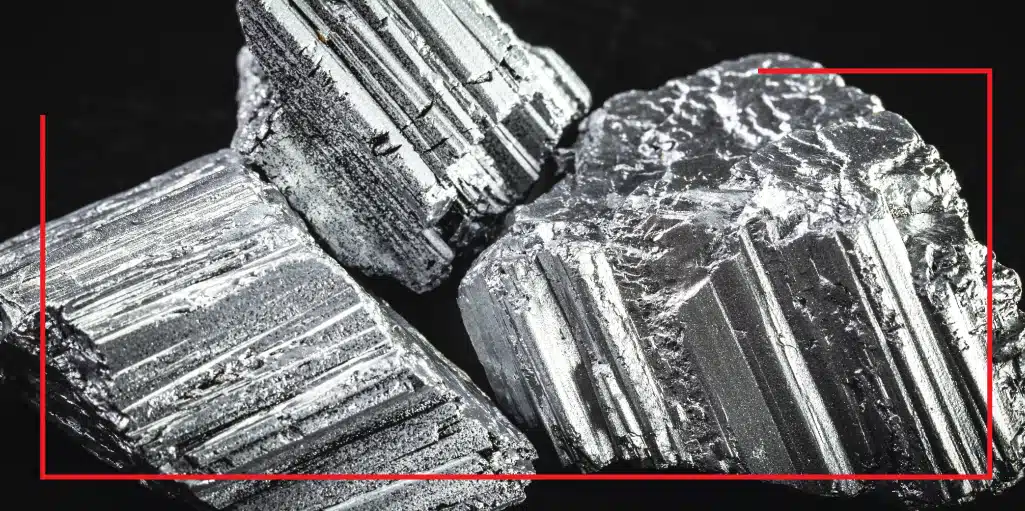Frequently Asked Questions About Rare Earth Magnets
News
What is a rare earth magnet?
A magnet is defined as a rare earth magnet if it contains rare earth elements. There are seventeen chemical elements on the periodic table that are classified as rare earth elements—specifically, these elements are the lanthanide series of metallic chemical elements. In this series of elements, you can find neodymium and samarium, which is why neodymium magnets and samarium cobalt magnets are both called rare earth magnets.
Does that make them a limited resource?
Rare earth magnets are not as limited or precious as their name might suggest—in fact, they are as abundant as tin or copper! The difference is that in any given area of the Earth’s crust—say, 10 square feet that have been roped off—rare earth ores will be unevenly distributed compared to copper or tin, which are found in seams. It’s easy to imagine this like a pint of ice cream with a caramel swirl and cookie dough chunks—you can see the swirl and follow it to the bottom of the pint, but the cookie dough chunks are scattered throughout. Certainly, there’s about as much caramel as there is cookie dough; the difference is that the cookie dough is scattered randomly throughout the ice cream in the same way that rare earth deposits are randomly scattered throughout the Earth’s crust.
What are the different kinds of rare earth magnets?
The two main types of rare earth magnets are neodymium magnets, known for being the strongest magnet in the world, and samarium cobalt magnets, which are slightly less strong (although still very powerful) and known for their excellent resistance to heat and corrosion.
How strong are rare earth magnets?
These are the strongest magnets in existence. They hold concentrated amounts of magnetic power in small sizes, making them ideal for applications where size is a concern. Rare earth magnets are often used in delicate applications such as in motors and electronics, where they must be able to put out a high level of strength while meeting exceptionally small size restrictions.
Are they dangerous?
Rare earth magnets must be handled responsibly due to their high levels of strength. However, they are not dangerous at all when handled safely. If you were to simply hold a rare earth magnet in your hand, there is no risk of electric shock, inhaling toxic chemicals, cutting or scraping yourself, or burning yourself, which are all other risks commonly associated with powerful equipment and tools. When handling these magnets, you must not allow them to attract to each other from across a distance, as chipping or other breakage can occur. It is important to wear eye protection when handling them for this reason, and it is also highly important that your fingers and hands are out of the path of a rare earth magnet and the object it is being attracted to, as severe pinching can occur. Additionally, those with medical devices that can be affected by magnetic fields (such as pacemakers) must not handle rare earth magnets. These magnets are not a toy and must be kept out of the reach of children at all times.
Are they durable?
Yes, they are durable and reliable. Neodymium magnets are typically plated to ensure they have a greater resistance to corrosion and general wear and tear, and samarium cobalt magnets have a natural resistance to heat and corrosion, making them ideal for more punishing environments.
What can I use rare earth magnets for?
These magnets can be used in many different applications, including electronics, motors, sensors, industrial applications, automobiles, cell phone speakers, home improvement projects, and industrial magnetic separation.
To learn more about the different types of rare earth magnets and what magnet is best for your application, contact us today.
